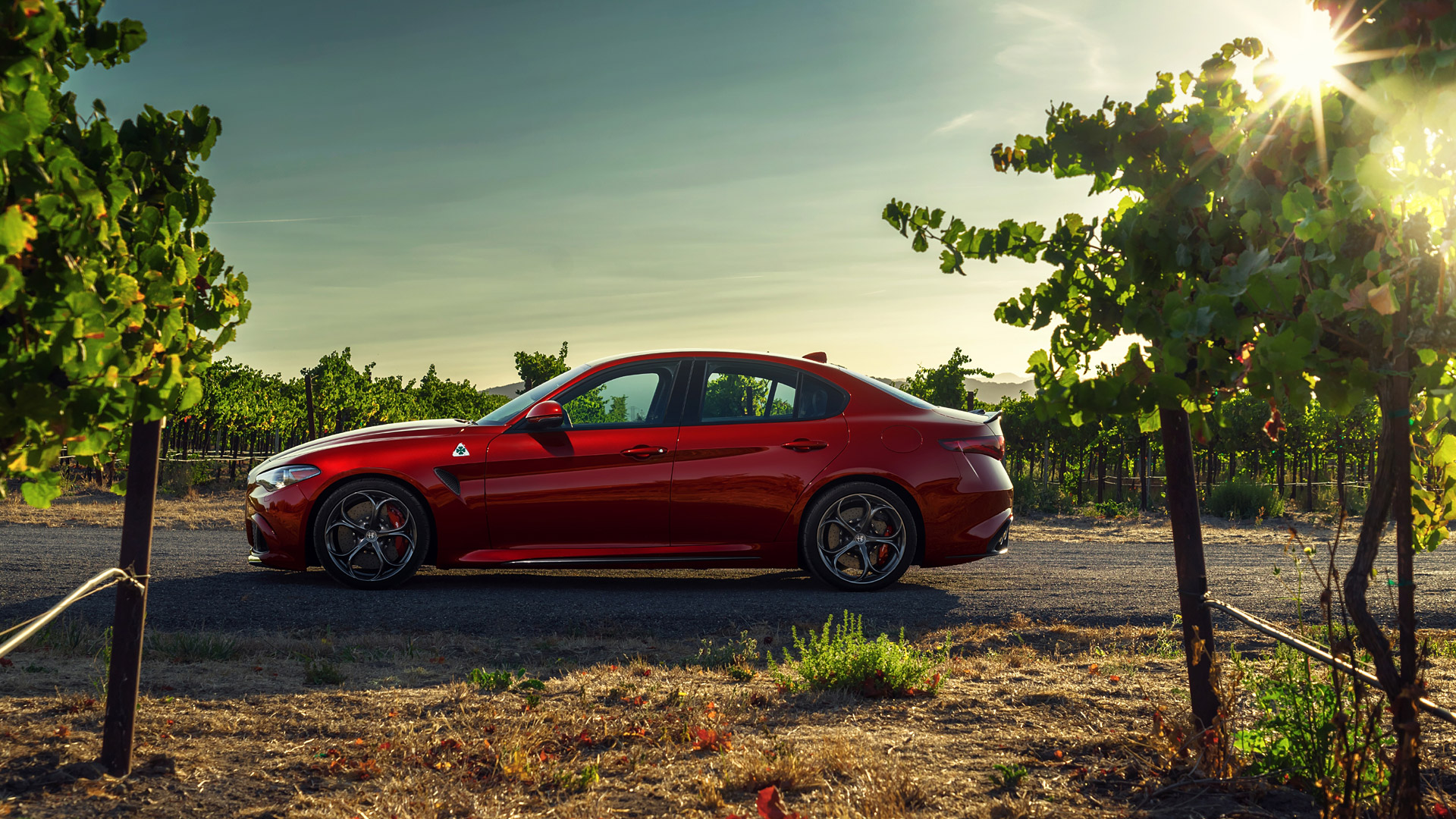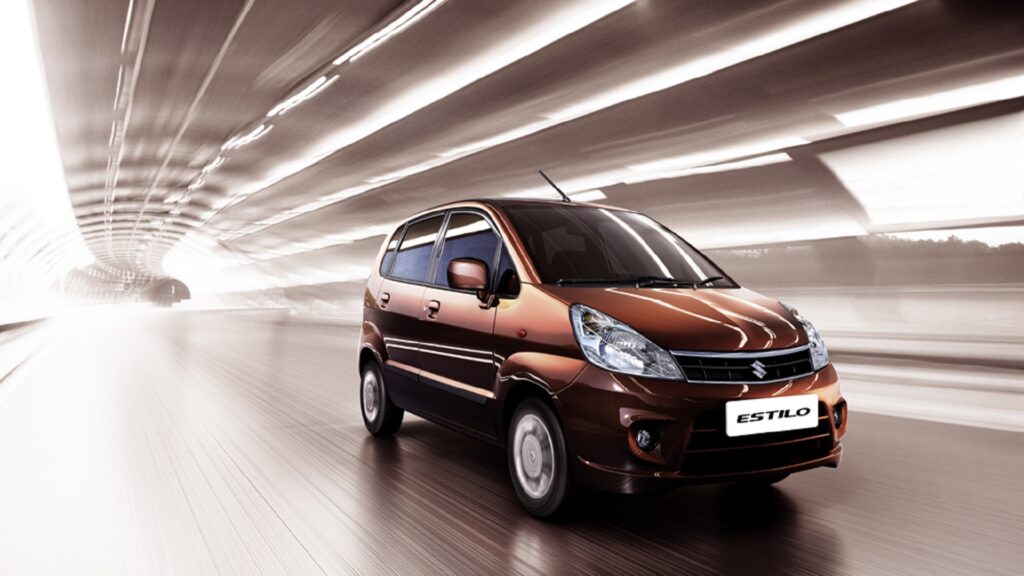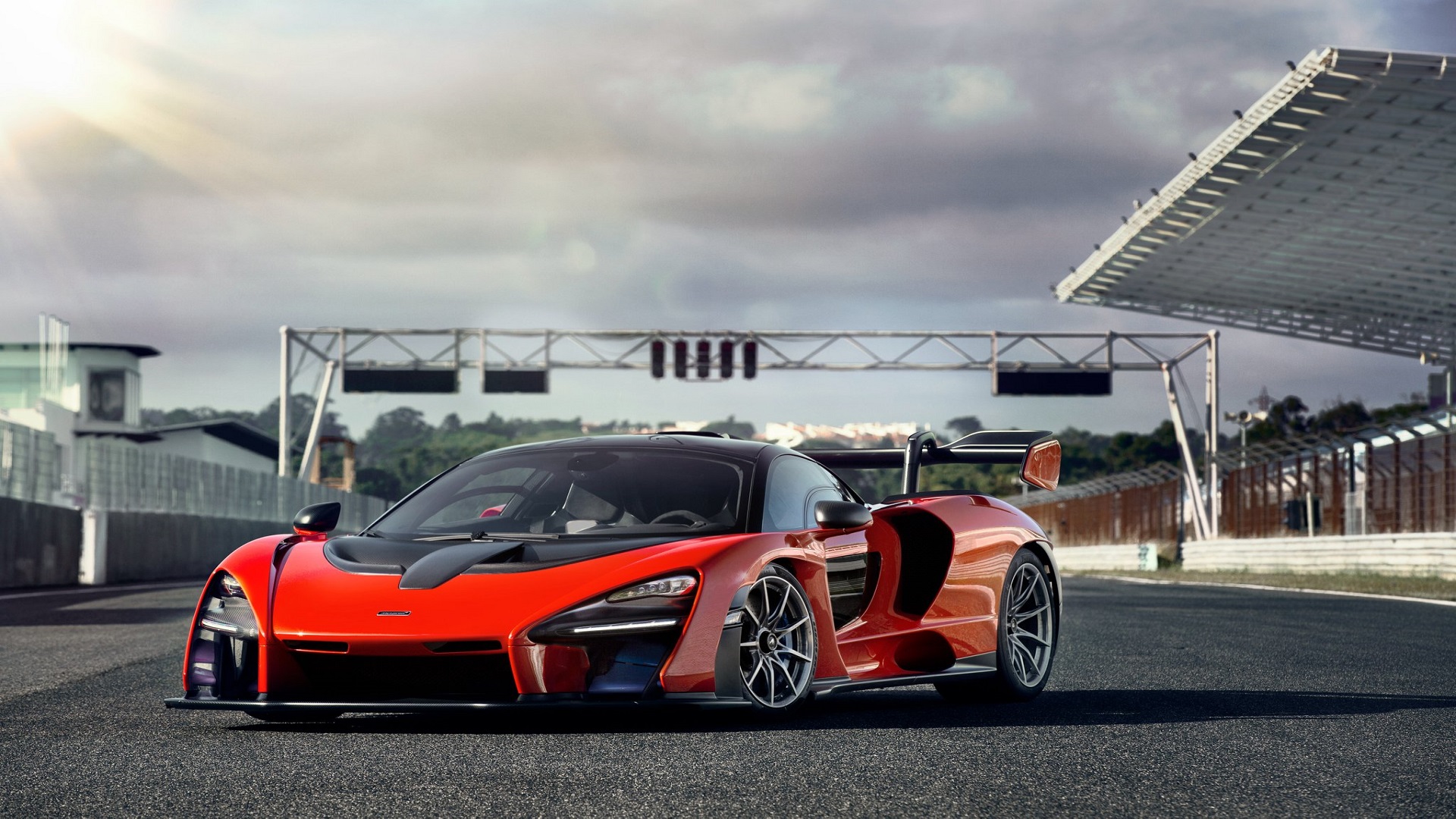Now Reading: The 2019 Alfa Romeo Giulia Quadrifoglio – A Timeless Love Story in the World of Cars Begins a New Chapter
-
01
The 2019 Alfa Romeo Giulia Quadrifoglio – A Timeless Love Story in the World of Cars Begins a New Chapter
The 2019 Alfa Romeo Giulia Quadrifoglio – A Timeless Love Story in the World of Cars Begins a New Chapter
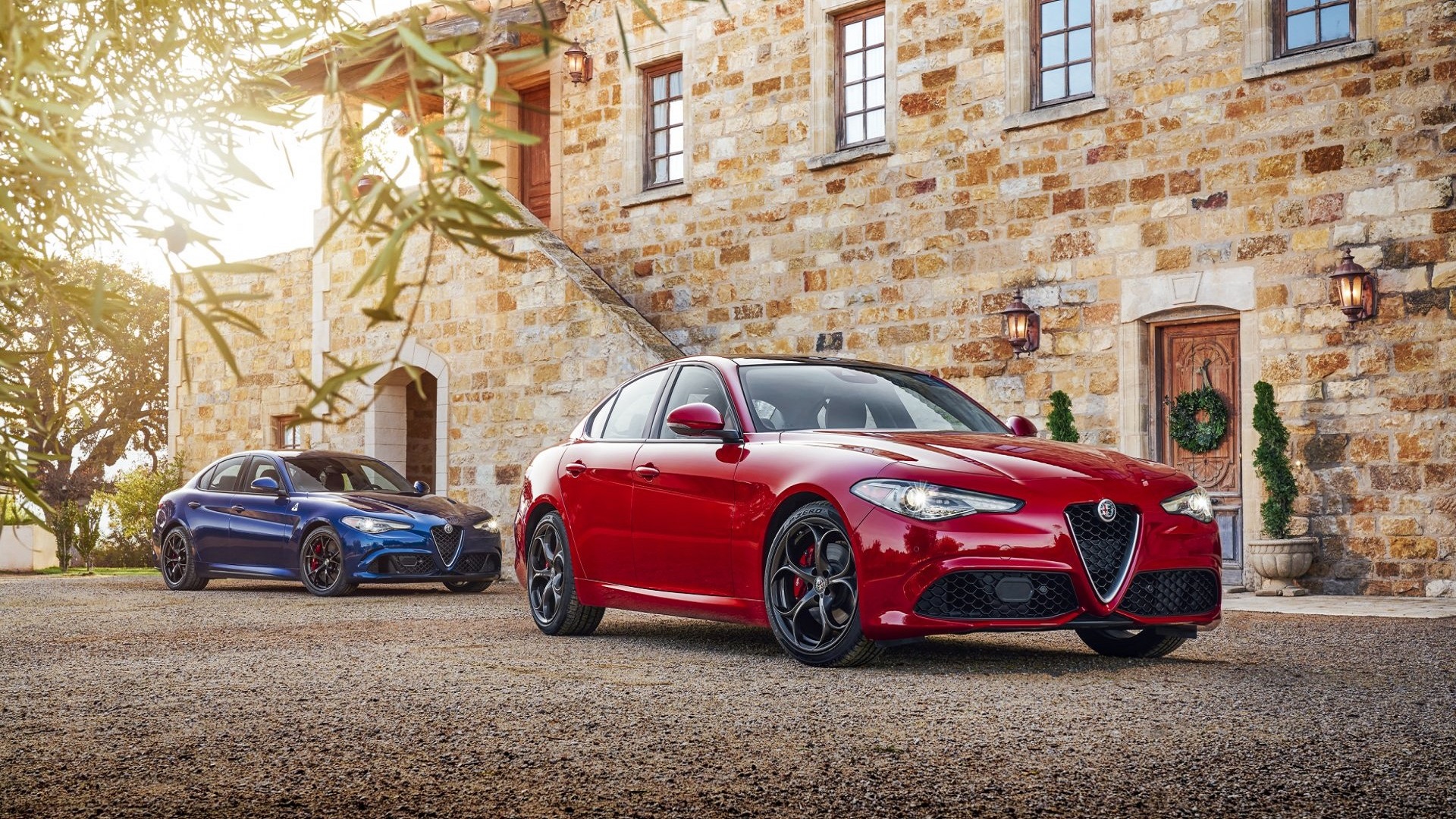
As we approach the end of February, a month celebrated by lovers, it’s a time when many love stories find their endings or new beginnings. However, some love stories, unbroken and enduring, exist not only in the human world but in the world of automobiles as well. This is none other than the story of the Alfa Romeo brand, an emblem of passion for auto enthusiasts worldwide.
“If you don’t love Alfa Romeo cars, you’re not a true car enthusiast.” This statement often echoes in the minds of many when talking about Alfa Romeo. Another similar sentiment is, “If you are a true lover of cars, you must have driven an Alfa Romeo at least once in your life.” By the end of this post, any questions you have about this affection for Alfa Romeo will be answered, and a deep connection with the brand is assured.


Alfa Romeo is an Italian-origin company with a century-long history and an iconic name in the automotive world, especially popular in Europe. Though often seen in Europe, Alfa Romeo cars are rare sights in Asia and America.
To discuss Alfa Romeo without delving into its history would be incomplete, so we’ll begin with a brief overview of this heritage and move on to our main subject, the Giulia.
Initially, Alfa Romeo’s fame grew from its racing team, even before it started producing commercial vehicles. About 110 years ago, in 1910, the company began in Turin, Italy, under the name Anonima Lombarda Fabbrica Automobili (ALFA). Their first car, the 24HP, marked their entry into the automotive world, where they quickly gained dominance by winning various racing events, such as Italy’s Mille Miglia and Targa Florio.
However, everything changed when World War I started in 1914, forcing Alfa to halt car production and shift to manufacturing war supplies for the government. The company then came under the management of businessman and engineer Nicola Romeo, who renamed it Alfa Romeo.
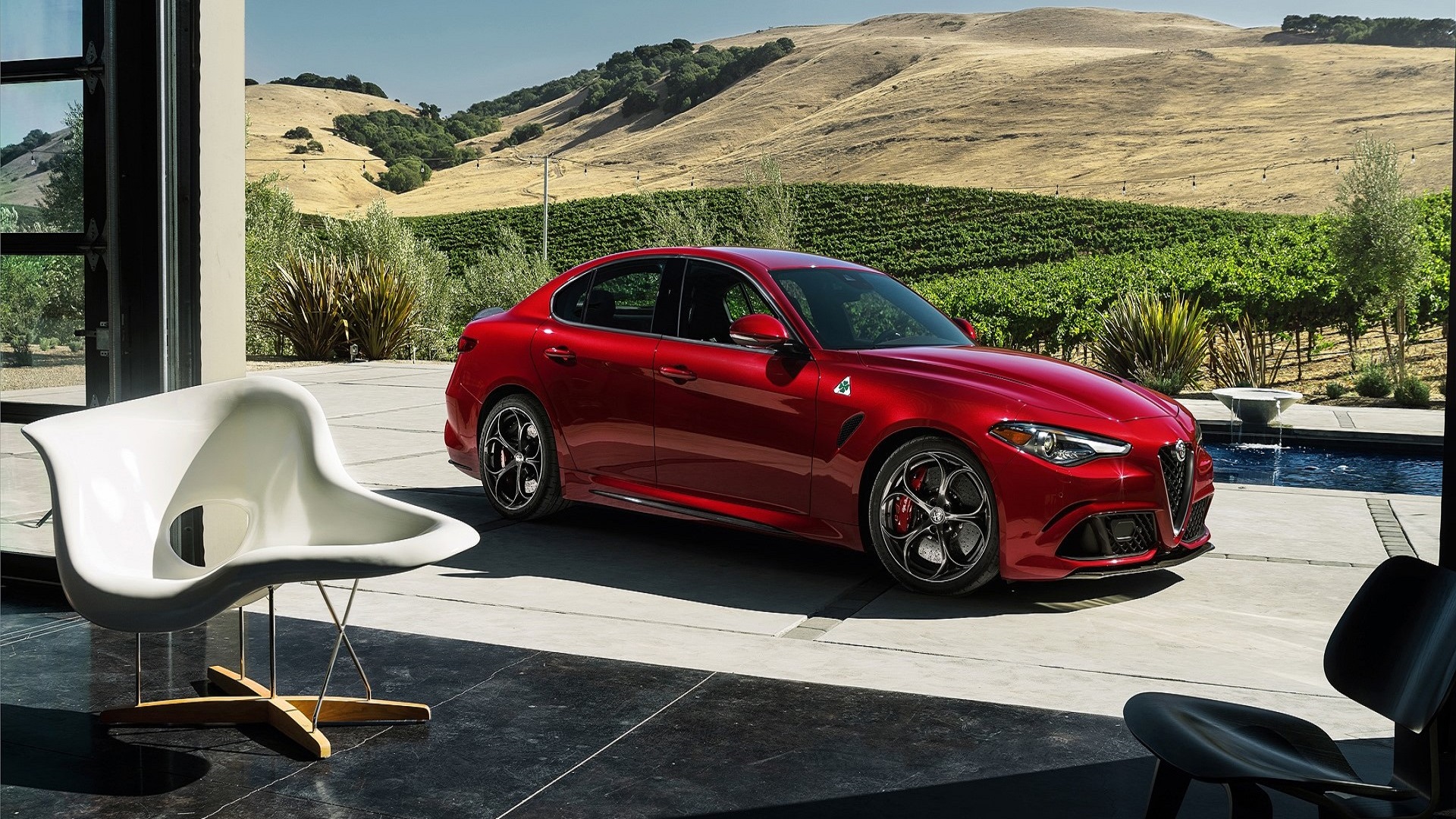

Nicola Romeo, with the support of Alfa’s original founders, Alexandre Darracq and Ugo Stella, revived Alfa Romeo’s participation in racing after the war. Alfa’s emblem, often deemed one of the most beautiful in the car world, bears significant history. The red cross on the left side represents the Crusaders from Milan, while the serpent on the right, known as the “Biscione,” dates back to 11th-century Milan and the Visconti family coat of arms.
Alfa Romeo quickly became a symbol of beauty and speed, admired worldwide, with notable wins in various racing competitions, including the European Touring Championship, European F3 Championship, 24 Hours of Le Mans, and even winning the first-ever Formula 1 Championship in 1950.
Between the 1960s and 1970s, Alfa introduced a successful lineup of sports cars like the Tipo 33 Stradale, 1957 Giulietta Sprint, GTA, and Giulia Spider. Alfa was also the first to introduce the GT (Grand Tourism) model to the world. However, due to financial issues, Fiat acquired Alfa Romeo in 1986, leading to mixed success and some quality issues over the following decades, especially in cold climates where rust and mechanical problems arose, causing customers to lose confidence in the brand.

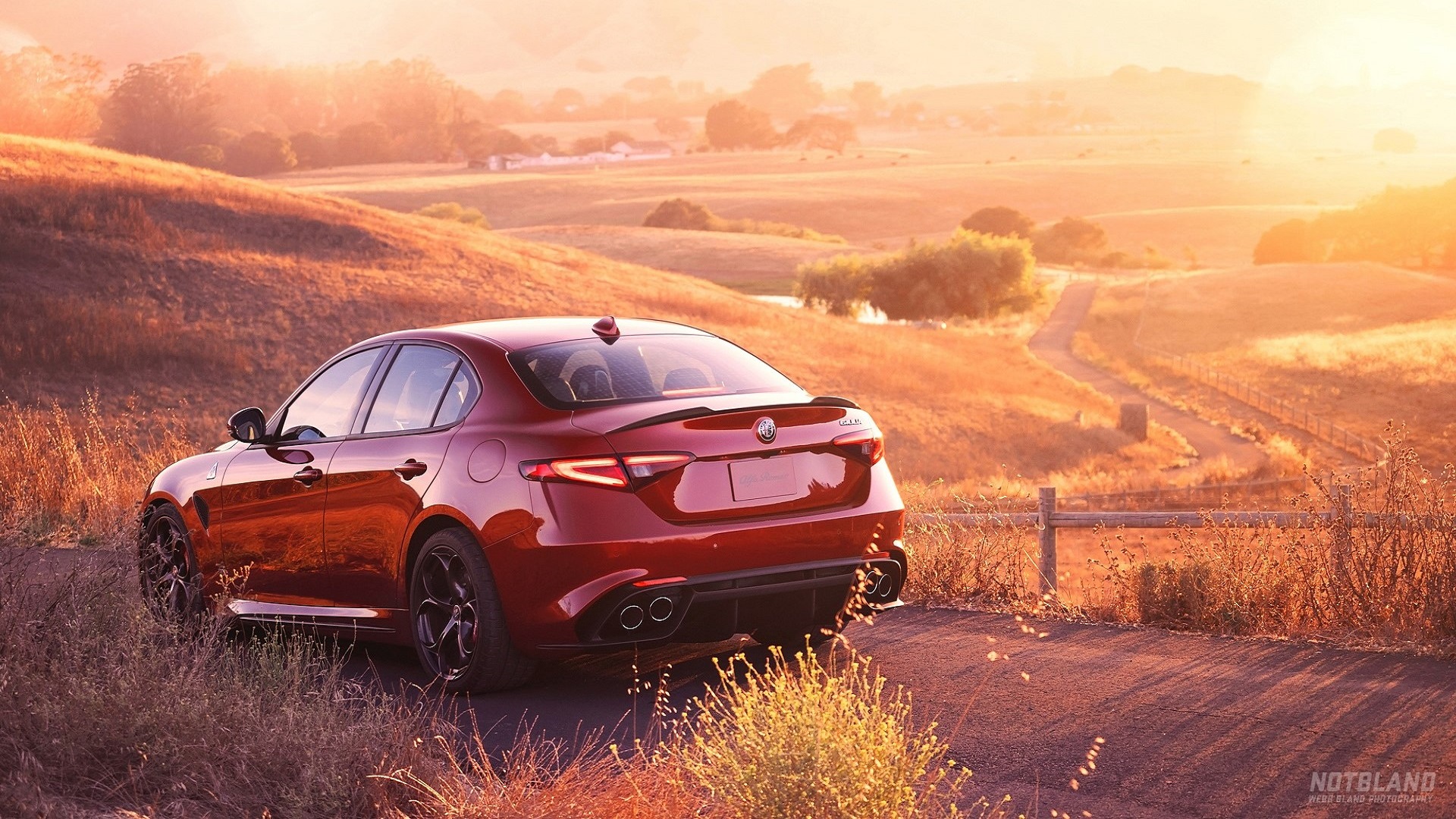
Despite a decline in popularity, Alfa made a strong comeback 11 years later with the introduction of the Giulia Quadrifoglio. This model revitalized Alfa Romeo, challenging its German competitors like the BMW M3, AMG 63, and Audi RS5 Sportback, restoring Alfa’s traditional dominance.
In the renowned Nurburgring, the Giulia showcased its impressive capabilities, surpassing competitors like the Porsche 911 GT3, BMW M4 Coupe, Mercedes SLR, and Lamborghini LP 640. Drawing on expertise from Ferrari engineers, Alfa Romeo reclaimed its position in the car world, capturing the hearts of car lovers once more.
The new Giulia model comes equipped with advanced features not found in previous Alfa Romeo models, including active suspension, 50/50 weight distribution, a carbon fiber active aero front splitter, and torque vectoring technology. Powered by a 2.9L Twin-Turbo V6 engine producing 505 horsepower, the Giulia can accelerate from 0 to 100 km/h in just 3.9 seconds, with a top speed of approximately 307 km/h.
After years of setbacks, Alfa Romeo has quietly challenged its German, American, and Japanese competitors with this high-performance saloon model. For those seeking the elegance, speed, and charm of an Italian saloon, Alfa Romeo remains a beloved choice, recalling its century-long racing legacy and captivating all who behold it.
